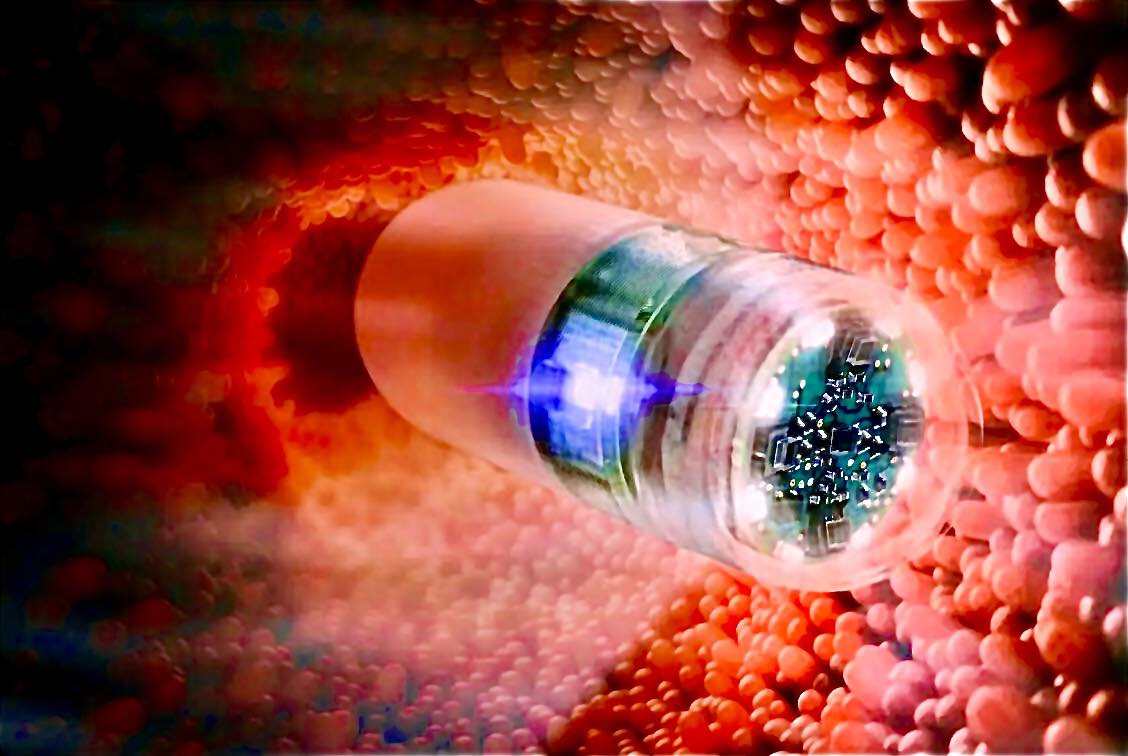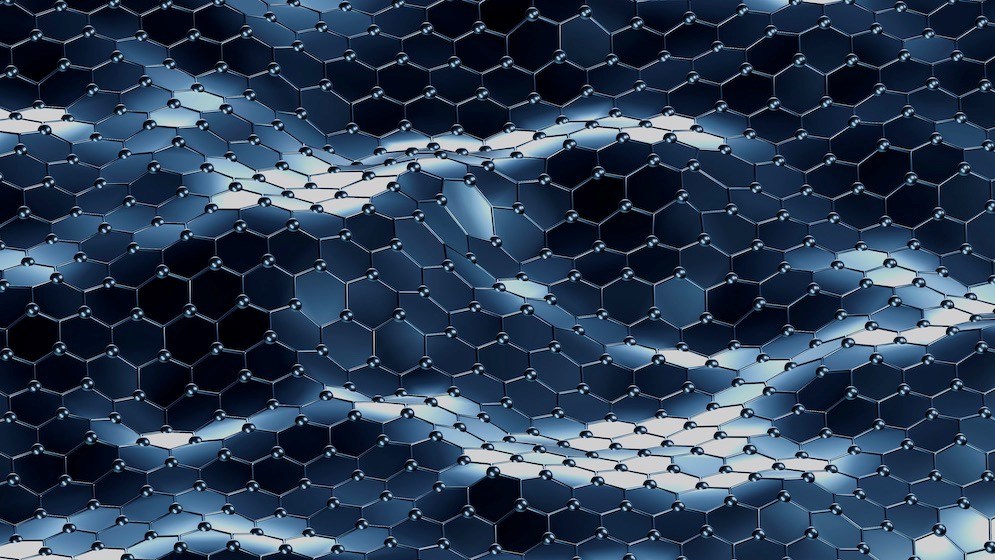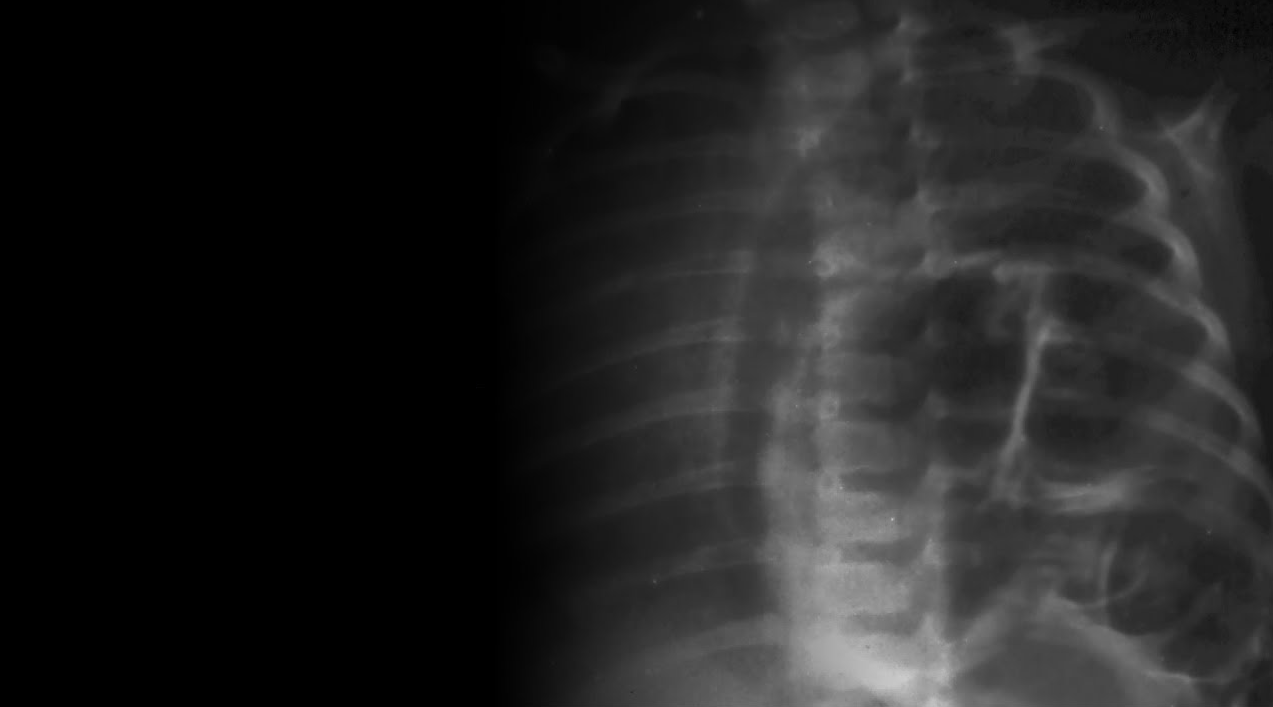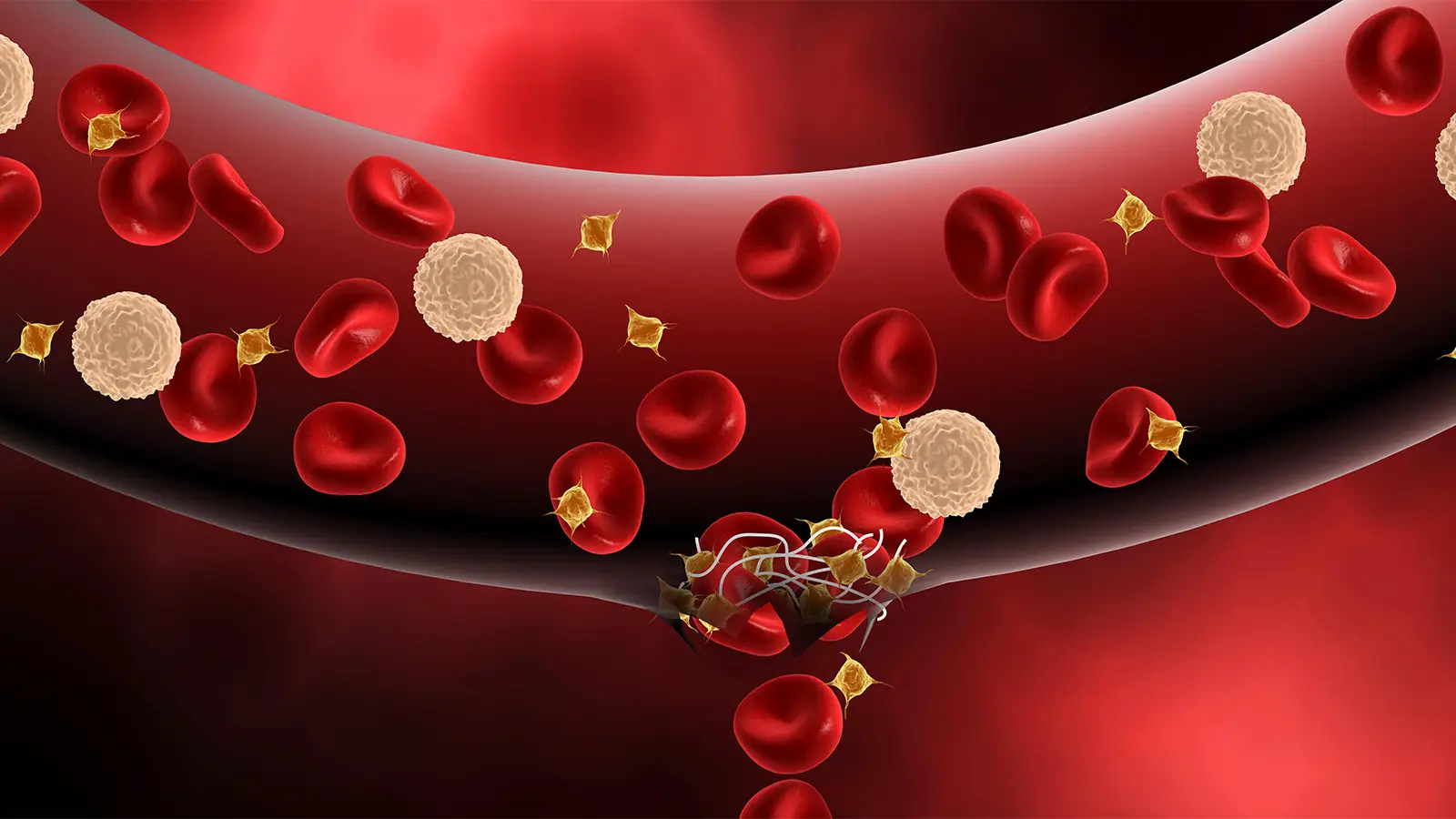Chronic wounds can be a serious health issue for many individuals, particularly those with diabetes or poor blood circulation. In some cases, these wounds can even lead to amputation. However, researchers at Chalmers University of Technology in Sweden and the University of Freiburg in Germany have developed a promising solution using electric stimulation to speed up the healing process.
Electric Stimulation and Bioengineering
The team worked from an old hypothesis that electric stimulation of damaged skin can be used to heal wounds. Skin cells are electrotactic, which means they move in the direction of an electric field. The researchers investigated how this principle can be used to electrically guide the cells and speed up the healing process.
Using an engineered chip, the researchers were able to compare wound healing in artificial skin, stimulating one wound with electricity and letting one heal without electricity. The results showed that wounds healed three times faster with electric stimulation than without.
A Win for Diabetics & Individualized Treatment
The team also looked at wound healing in connection with diabetes, a growing health problem worldwide. They found that their method could significantly increase the speed of healing for diabetes-affected cells.
The researchers recently received a large grant to continue their research and eventually develop wound healing products for consumers. However, more basic research is required to develop effective products that generate enough electric field strength and stimulate in the right way for each individual.
Maria Asplund, Associate Professor of Bioelectronics at Chalmers University of Technology and head of research on the project, states that the team aims to develop a concept to be able to “scan” wounds and adapt the stimulation based on the individual wound. She believes that this is the key to effectively helping individuals with slow-healing wounds in the future.
Funding and Impact
The team’s work was published in the journal Lab on a Chip, and their research project is funded by the European Research Council (ERC). The potential impact of their discovery is enormous, as chronic wounds are a huge societal problem that affect many people. This new method could be a game changer, offering hope and healing to those who suffer from slow-healing wounds.
Study DOI: https://doi.org/10.1039/D2LC01045C
Subscribe
to get our
LATEST NEWS
Related Posts

Pathophysiology & Experimental Medicine
Current Channeling Capsule Commands Caloric Consumption Control
Electro-stimulating ingestible capsules show promise in treating conditions related to nausea and appetite loss, such as anorexia and cachexia.

Pathophysiology & Experimental Medicine
Biomaterials and Photonics: New Approach to Arrhythmia Diagnosis and Treatment
The enormous promise of graphene biointerfaces for cutting-edge cardiac electrophysiology and arrhythmia therapy is being supported by new research.
Read More Articles
Synthetic Chemistry’s Potential in Deciphering Antimicrobial Peptides
The saga of antimicrobial peptides unfolds as a testament to scientific ingenuity and therapeutic resilience.












